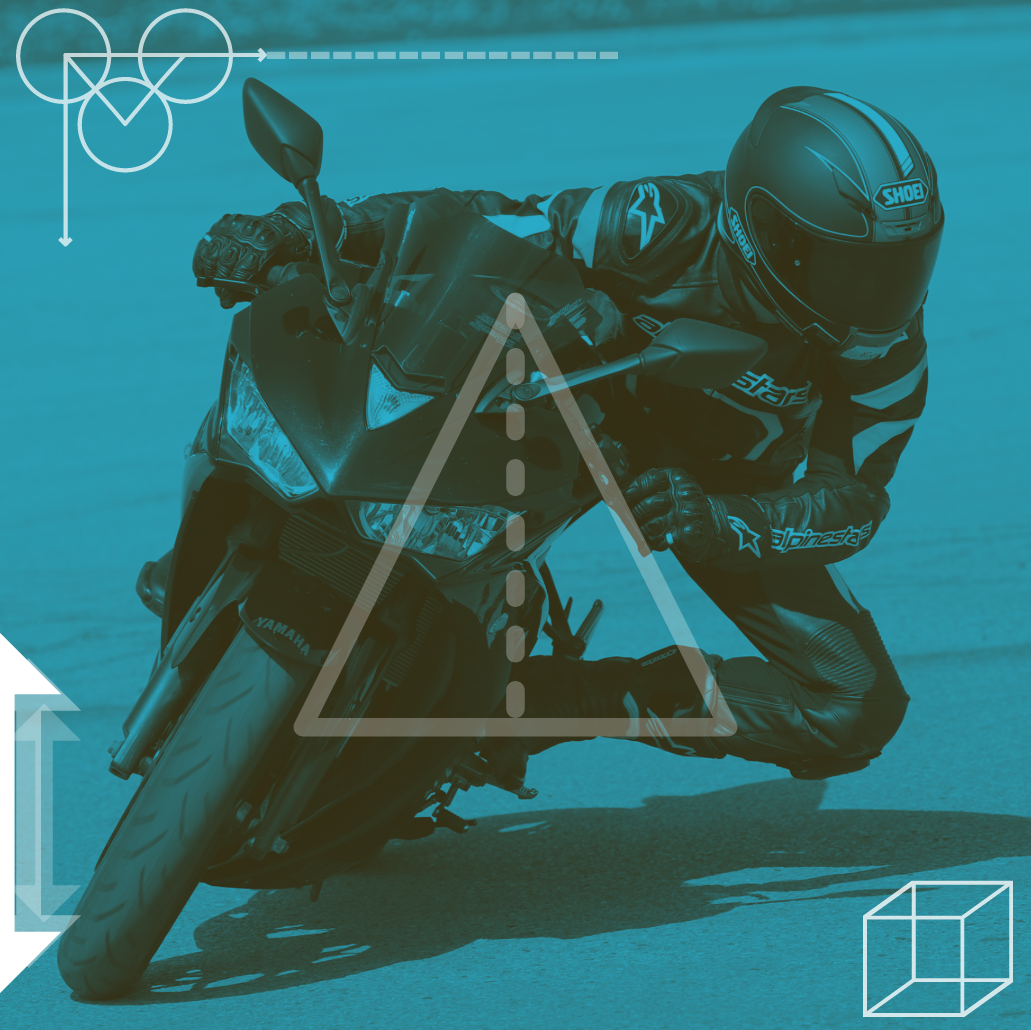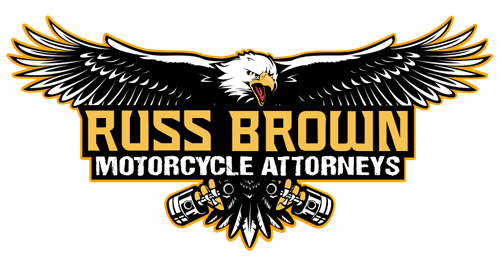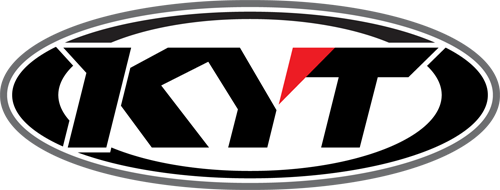Improving Handling with Geometry
 When it comes to improving your bike’s handling characteristics, most folks talk about suspension setup and tires. While both of those have a serious effect on how your bike handles, it’s actually your motorcycle’s chassis geometry that has the most profound effect. Because your idea of the ideal handling characteristics for your bike may be different from the ideas of the engineers who designed it, tailoring these specifications can make a dramatic improvement in how your bike handles.
When it comes to improving your bike’s handling characteristics, most folks talk about suspension setup and tires. While both of those have a serious effect on how your bike handles, it’s actually your motorcycle’s chassis geometry that has the most profound effect. Because your idea of the ideal handling characteristics for your bike may be different from the ideas of the engineers who designed it, tailoring these specifications can make a dramatic improvement in how your bike handles.
Generally speaking, when the front end of a motorcycle is lowered or its rear is raised, the bike will steer quicker, and less effort will be required on the bars. Of course, the tradeoff is less stability and often less front end grip. Therefore, any time the rear is lowered and the front is raised, stability will improve at the expense of steering quickness. There is no perfect setup for any particular bike as it really depends on how each rider likes his bike to behave.
Touring and cruising riders generally prefer more stability, and sport riders like to be able to change direction quickly without having to put a ton of effort on the bars. Still, many tourers and cruisers can benefit from quicker steering than stock, and many sportbikes can benefit from slowing down the steering because they steer too quickly as delivered and can feel “nervous.” Because these adjustments must make the chassis achieve a balance between quickness and stability, it’s best to experiment in little steps to see which compromises are right for you.
It’s important to note that spring preload adjustments also change ride height. Not only does preload determine what percentage of the wheel travel is available for compression vs. extension, but it also has a noticeable effect on handling. That’s why there is a range of 28% to 33% of the total wheel travel for sag instead of a set number.
Making Changes
There are several methods for changing ride height independently of spring preload.
Raising the position of the front fork tubes in the triple clamp effectively lowers the front end. A somewhat similar effect to the front end geometry can be accomplished by raising the rear of the bike.
Raising the rear often requires the use of an aftermarket shock, as most stock rear shocks—even on sportbikes—don’t have ride height adjusters.
You have probably noticed that after changing your brand or model of tires, your bike handled differently. In reality, this is often the result of different front-to-rear tire circumferences and not necessarily the tires themselves. For example, although your bike may be fitted with a 120/70-17 front and 170/60-17 rear tire, the actual measured circumferences of the front and rear tires can be quite different from brand to brand. This is very important to consider when replacing worn out tires.
If the new tires you selected have different circumferences from the originals, your motorcycle’s ride height can be significantly changed. If both new tires have the same relative diameters as the old ones, the handling will be closer to the original, with the difference being the inherent tire characteristics. The only way to really know a specific tire’s circumference is to measure it. One way is with a clothing tape measure.
In addition to changing tire brands and, as a result, tire circumferences, changing the size of the tire—specifically the aspect ratio—can also affect ride height. For example, mounting a 120/60 tire on the front instead of a 120/70 will lower the front of the bike, reducing the rake and trail, and quickening the steering.
Remember, don’t make too radical of a change to your bike’s geometry. It’s best to make very small changes so you can see if you’re headed in the right direction before going overboard.
Geometry Modifications
If you want to tune on your own, it is still vital to know your starting point and make known, incremental changes. Remember that it is impossible to change one thing without affecting other aspects of the suspension or geometry.
Following is a simple guide for modifying your geometry if you have these adjustments available:
• Adjustable fork bottoms—move the axle back (more stability) or forward (quicker steering)
• Triple clamp offset—change offset by moving the fork tubes back (more stability) or forward (quicker steering), in 2mm increments
• Increase (more stability) or decrease (quicker steering) front tire outer diameter
• Raise (more stability) or lower (quicker steering) the front end by sliding the fork tubes down or up in the triple clamps, respectively, or increase/decrease fork spring preload in 5mm increments
• Lower the rear end with shock length, rear tire outer diameter, or running more rear sag (more stability) or the opposite (quicker steering) in 5mm increments
Keep in mind that changes should not be done in large increments—follow the guidelines above. Happy tuning.


















